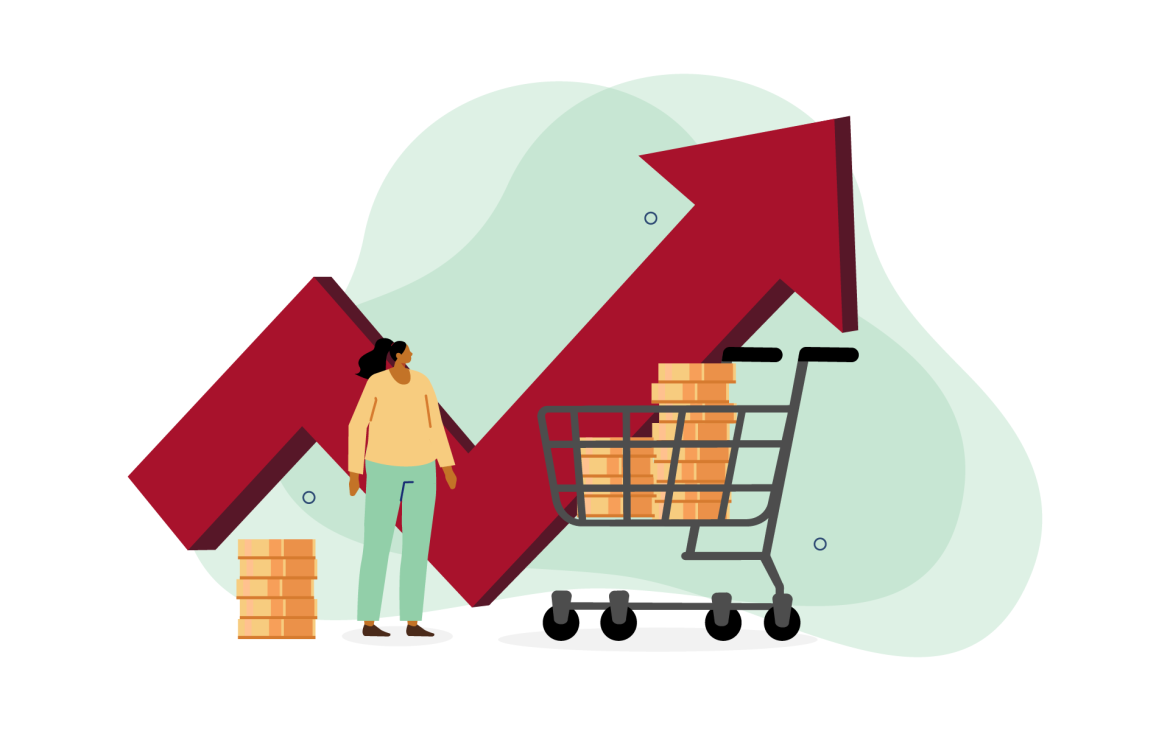In great thrillers, the villain never gives up . He always has one last ace up his sleeve, that unexpected blow that turns everything upside down when it seemed the end was already written. Well , something similar could happen now with inflation .
Today, markets and central banks are celebrating what appears to be a victory: In Europe, inflation has returned to 2% after months of decline , while in the United States it has stabilised at 2.6%. Figures that a year ago would have seemed like a distant dream. Victory? Perhaps. But, as in any horror story, danger lurks just when we let our guard down.
The Achilles heel of central banks
In Europe, the European Central Bank (ECB) is breathing a sigh of relief. After a long battle against inflation, the focus has shifted to economic growth. But the respite may be short-lived. With winter upon us, energy prices, which have historically been the main driver of inflation in the eurozone, are once again showing signs of volatility. The result? European gas is around 49 euros/MWh, the highest level since October 2023.
Meanwhile, the United States is also playing with fire. Although the Federal Reserve (Fed) has managed to stabilise core inflation at 3.3%, the possible policies of the Trump administration threaten to light the fuse again. Tariffs of 25% on Mexico and Canada, an additional 10% on China and massive tax cuts could unleash a price increase that even the most cautious analysts have not considered.
However, the battle against inflation has not been free. Central banks have used up a good part of their tools, and now have little room for manoeuvre. As ECB Vice President Luis de Guindos has said : “The room for manoeuvre is running out.”
On the one hand, lowering interest rates could stimulate growth. On the other, keeping them high seems necessary to prevent prices from soaring again. But what will happen if inflationary pressures combine with a global slowdown? Allianz warns that the market may be underestimating this threat, while Edmond de Rothschild highlights the pressure on the ECB to cut rates in December. A risky move.
Three threats that could change the game
1. Ukraine, a conflict without respite: Although the media spotlight has turned to the Middle East, the war in Ukraine remains a source of instability in Europe. Attacks on key energy infrastructure have driven up gas prices, just as the continent faces a cold snap. This could further aggravate economic tensions.
2. The Middle East and oil : Brent crude is flirting with $73 a barrel, and an escalation between Israel and Iran could push it beyond $90. If that happens, transport and production costs will skyrocket, directly impacting the end consumer. Goldman Sachs warns that these geopolitical risks remain one of the greatest threats to global markets.
3. Technology and wage inflation: In the United States, the artificial intelligence revolution and a tight labor market are driving up wages. While this might seem positive, Edmond de Rothschild points out that companies could pass these costs on to final prices, fuelling inflation that is difficult to control.
How should investors prepare?
In this environment, inflation protection is not easy. Traditional options such as gold or TIPS ( inflation-protected bonds) offer some security, but may not be enough if geopolitical tensions increase. Allianz managers suggest diversifying into resilient sectors such as energy or disruptive technologies, while Edmond de Rothschild advocates more conservative strategies, including liquidity and geographic diversification.
However, it is not all doom and gloom. Inflation may open up opportunities in undervalued assets, especially in Europe, where valuations are low compared to the United States. As Goldman Sachs reminds us , “the key will be to adapt quickly to changes.”
The last scene is yet to be shot.
While recent data offer some respite, the global picture is far from stable . Inflation remains the villain in this economic story, and its return could be more shocking than markets anticipate.
Perhaps the best advice is to remember that, in horror stories, the real scare comes when we least expect it.

